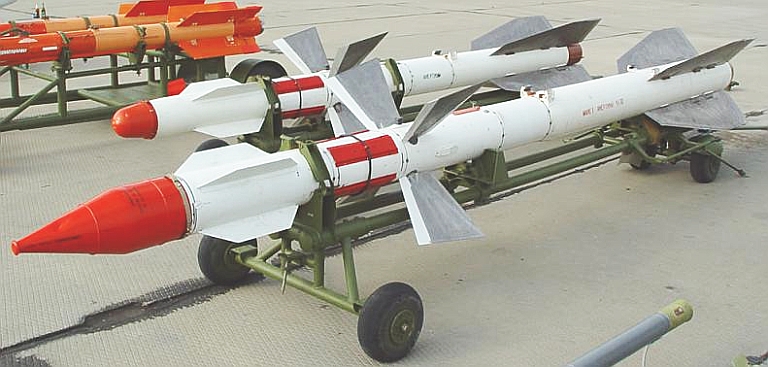Winston
Lorenzo von Matterhorn
- Joined
- Jan 31, 2009
- Messages
- 9,560
- Reaction score
- 1,748
Great report:
The Russian Philosophy of Beyond Visual Range Air Combat
Technical Report APA-TR-2008-0301
by Dr Carlo Kopp, AFAIAA, SMIEEE, PEng
https://www.ausairpower.net/APA-Rus-BVR-AAM.html
And what's the advantage of these bizarre canards?:

The Russian Philosophy of Beyond Visual Range Air Combat
Technical Report APA-TR-2008-0301
by Dr Carlo Kopp, AFAIAA, SMIEEE, PEng
https://www.ausairpower.net/APA-Rus-BVR-AAM.html
And what's the advantage of these bizarre canards?:







